Key in a search term below to search our website.
Key in a search term below to search our website.
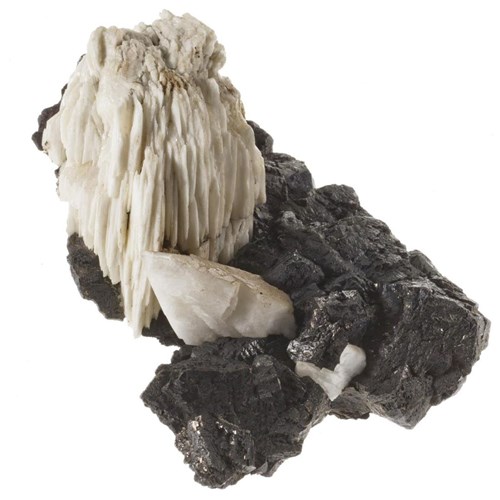
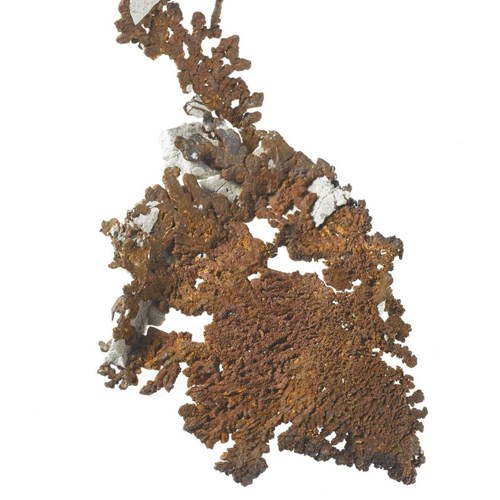
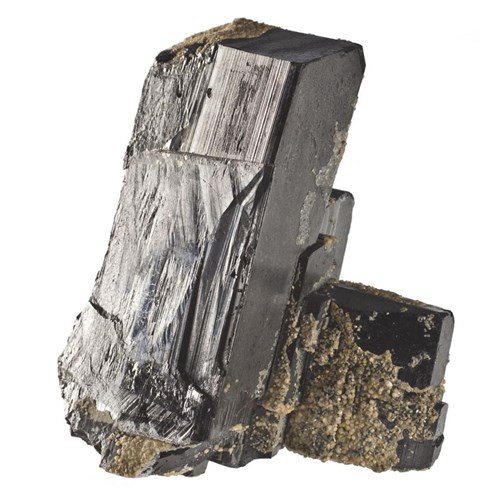
Tungsten, found in the mineral wolframite, is used to make the speakers and microphones in mobile phones.
View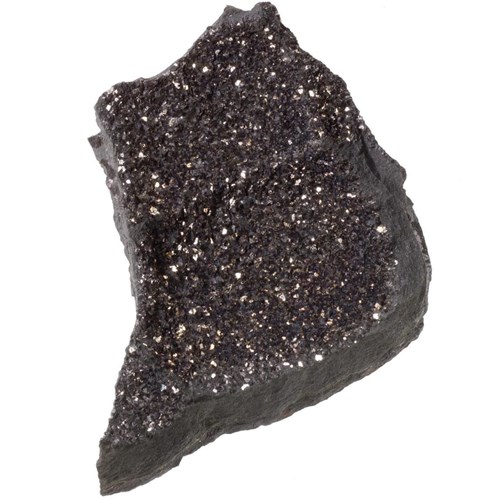
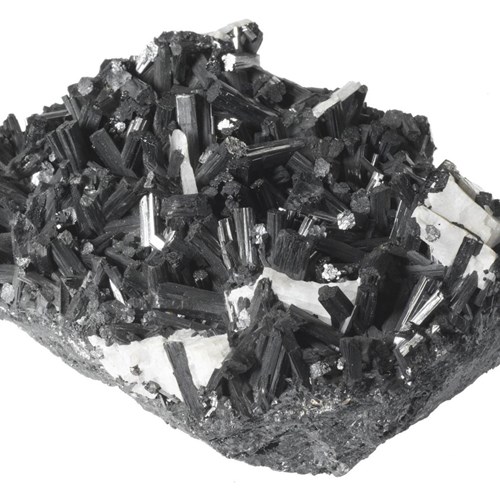
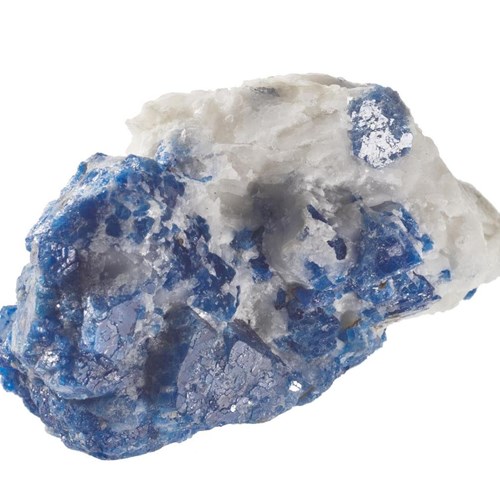
Cobalt, found in the mineral cobaltoan spinel, is used in mobile phone batteries.
View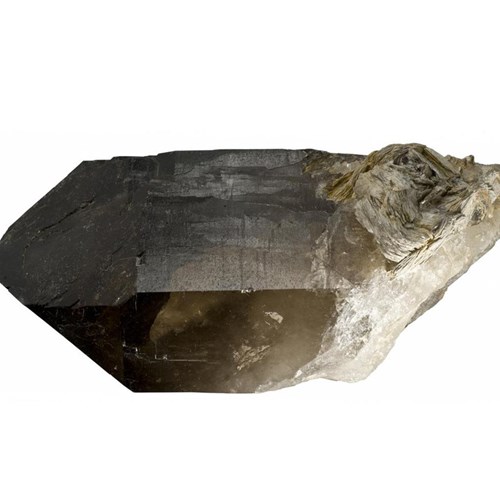
Silica, an element found in quartz, is used to make chips and microprocessors in mobile phones.
View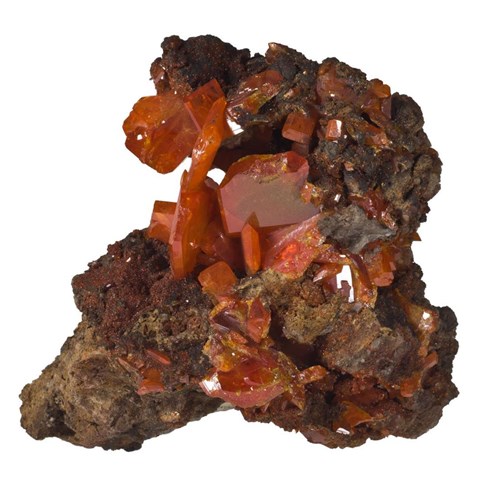
Wulfenite contains the element molybdenum, which can be used to make connectors and wires in mobile phones.
View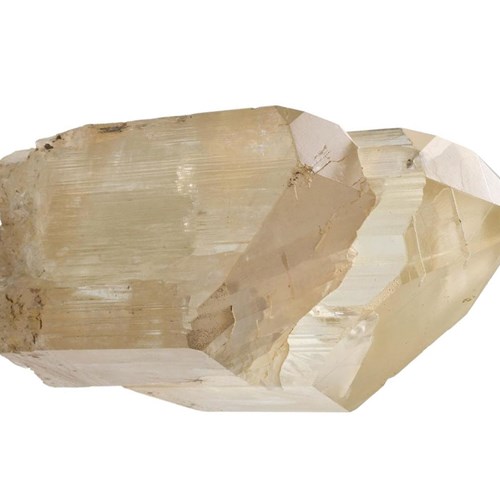
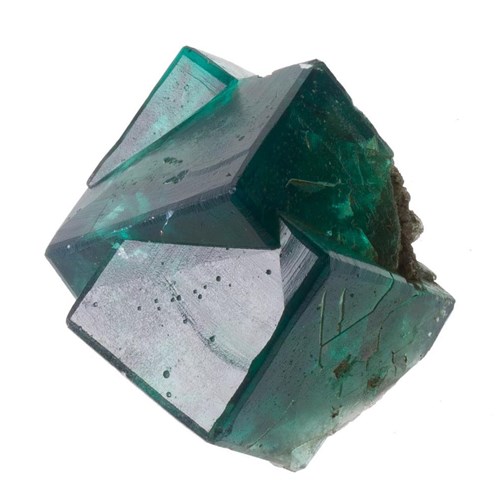
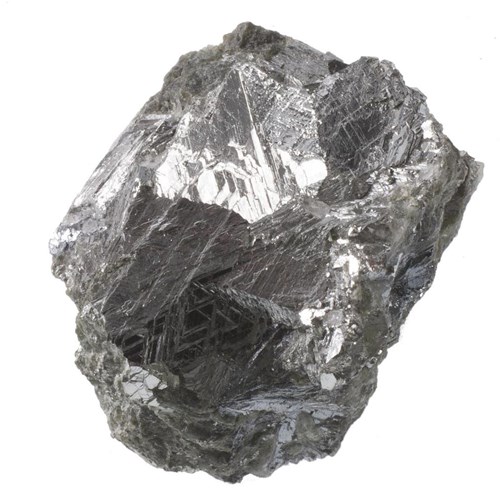
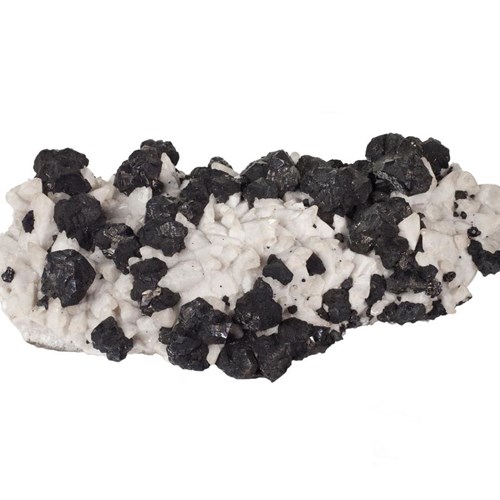
Sphalerite can contain three elements used in mobile phones: zinc, indium and gallium.
View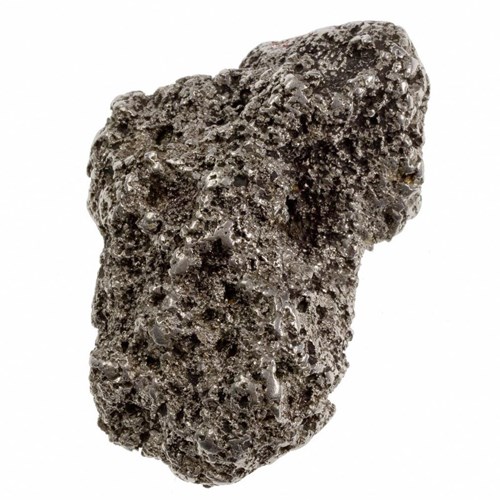
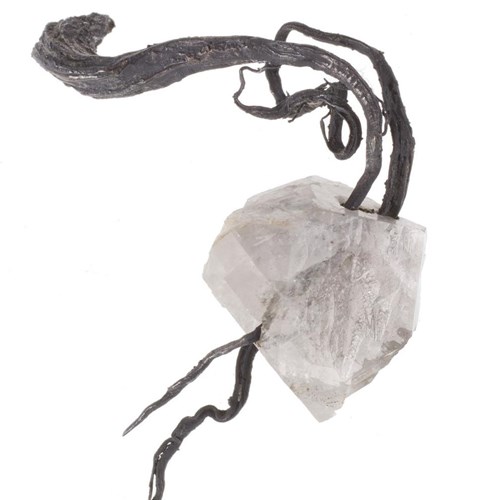
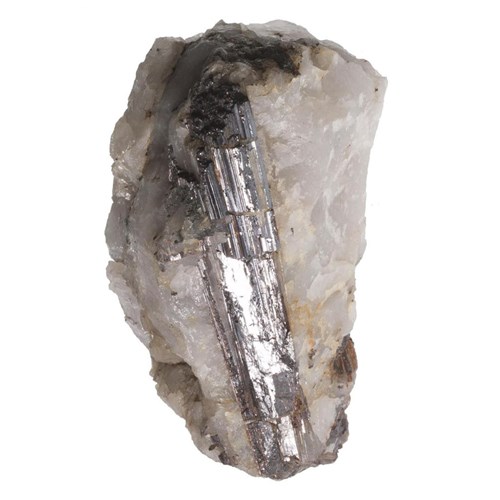
Titanium, an element found in the mineral rutile, is used to make mobile phone cases.
View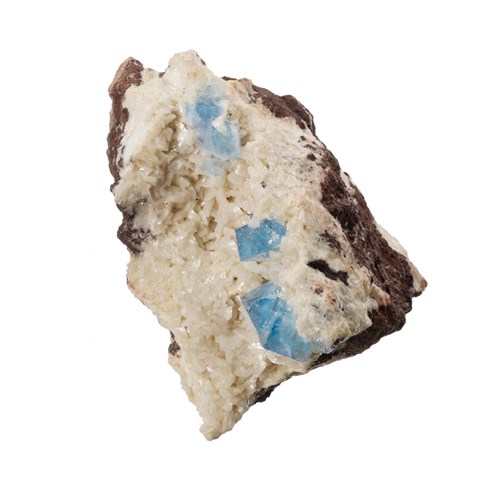
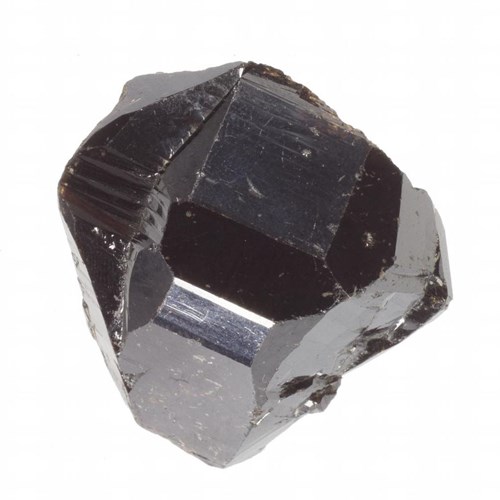
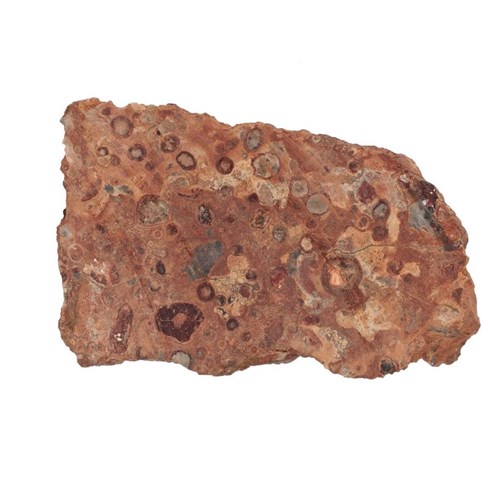
Aluminium, one of the elements in Diaspore, is used in mobile phone circuitboards.
View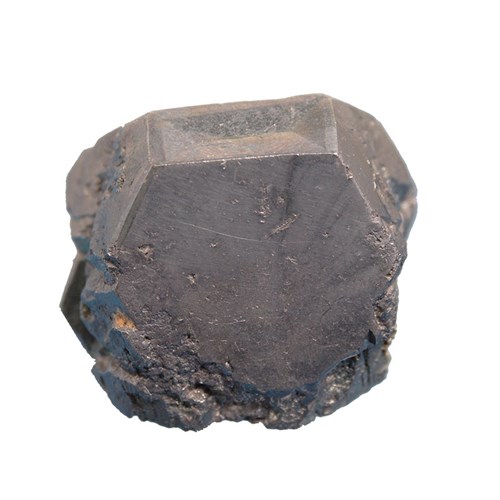
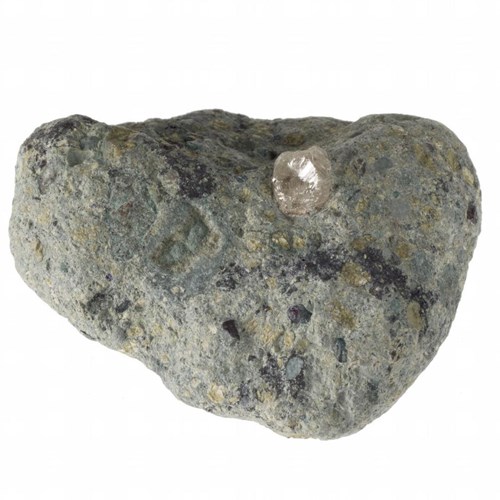
Diamond is a form of carbon, an element used to make electrodes in mobile phone batteries.
View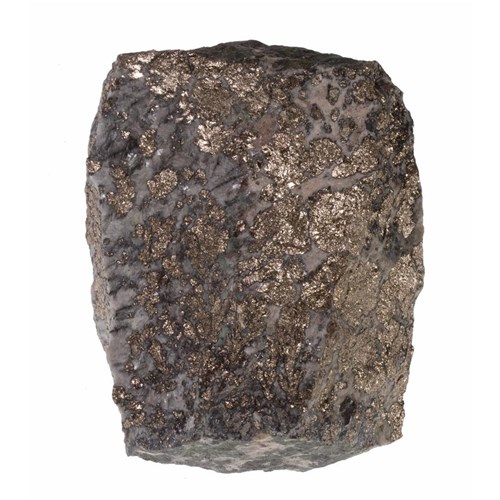
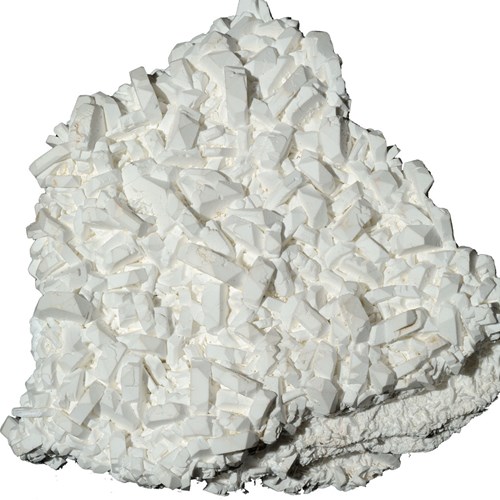
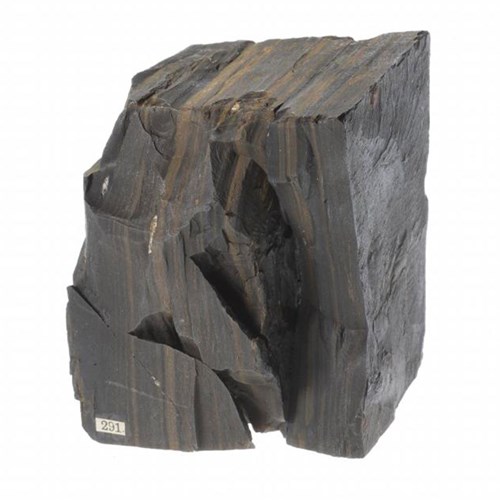
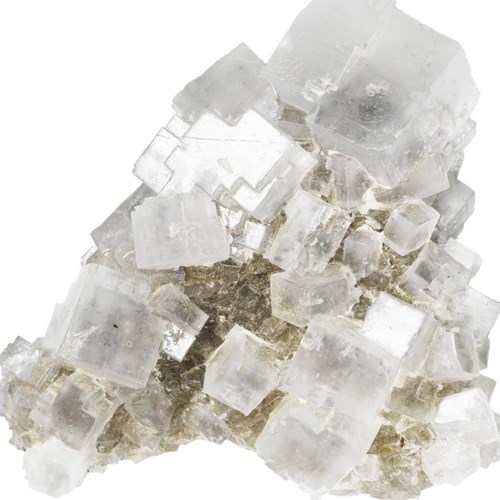
Sodium and chlorine, both found in halite, can be used in mobile phone touchscreens and cases.
View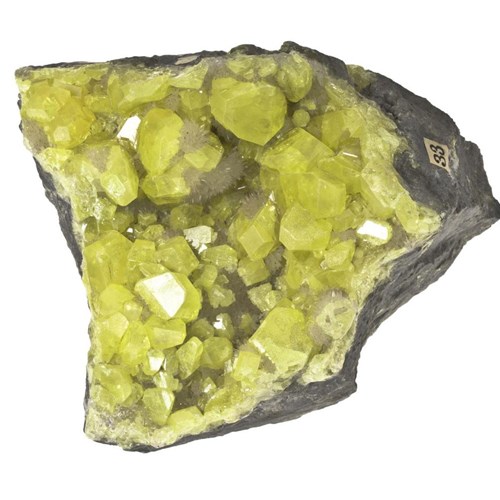
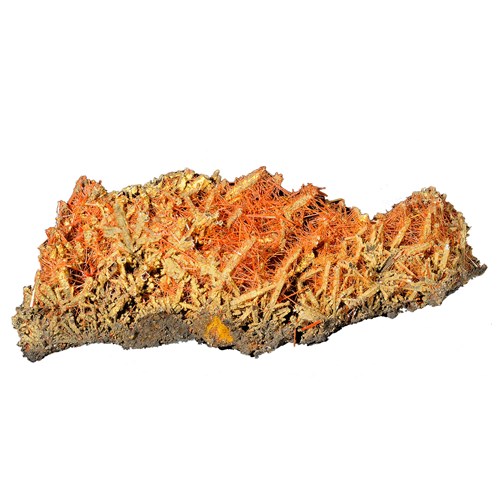
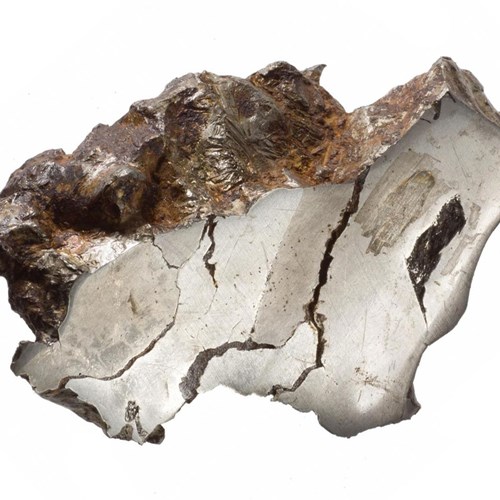
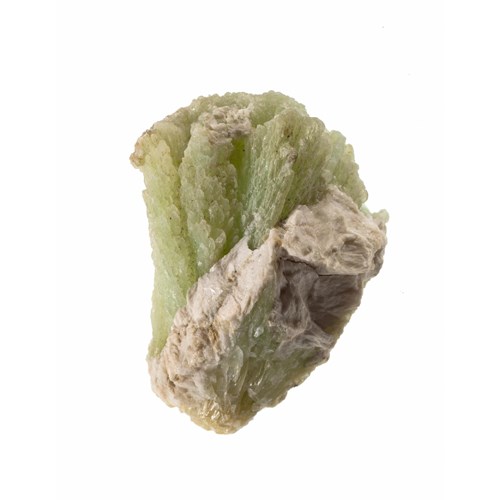
Strontianite contains strontium, which is used in mobile phone circuitboards.
View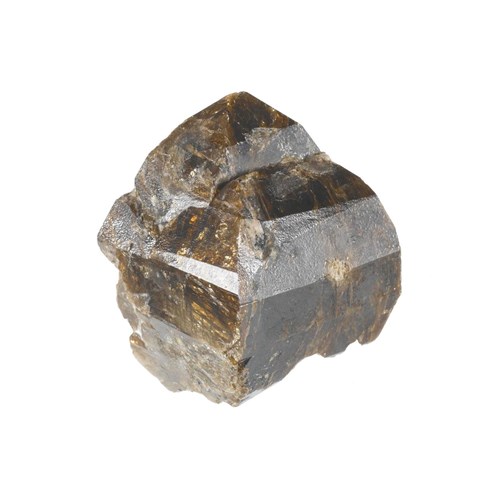

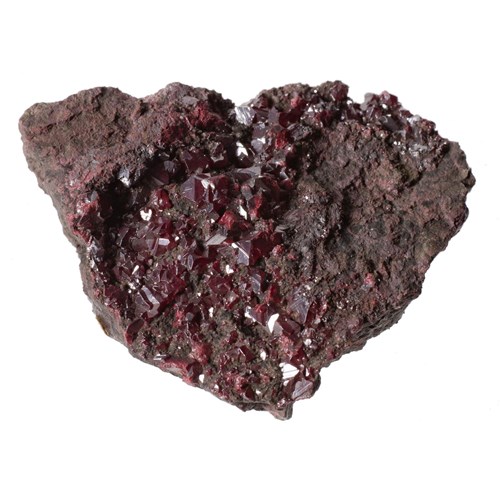
Cinnabar contains the element mercury, which can be found in mobile phone circuitboards.
View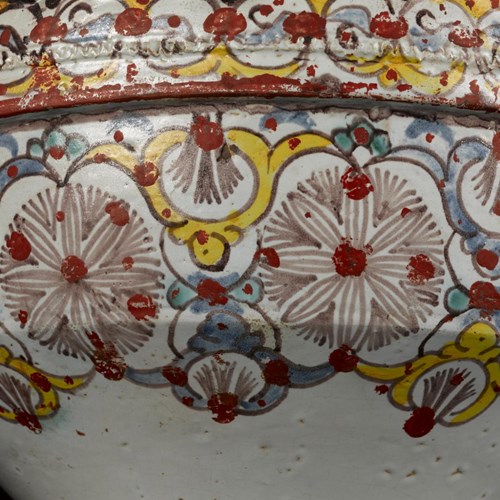
This unique water basin, shaped like a citadel, was made by Moroccan potters, probably as a diplomatic gift, in the 19th century.
View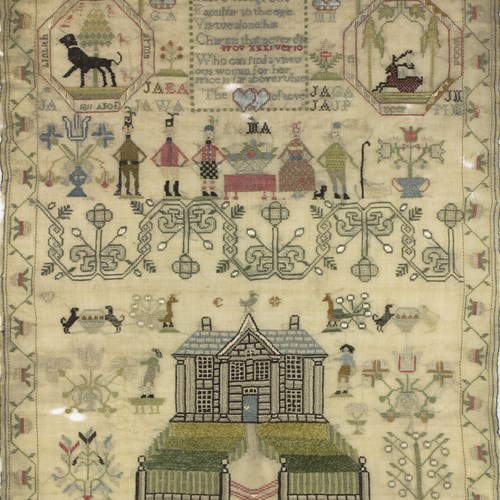
This exhibition revealed an insight into the lives of children in the 18th and 19th centuries through a unique collection of Scottish samplers on loan from American collector Leslie B. Durst.
View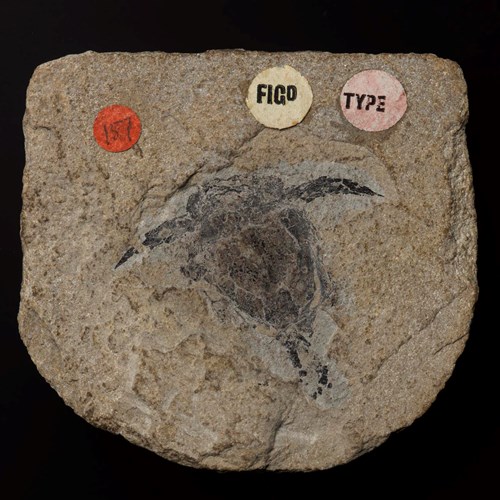
Book linked to the Hugh Miller Collection in National Museums Scotland wins this prestigious award
View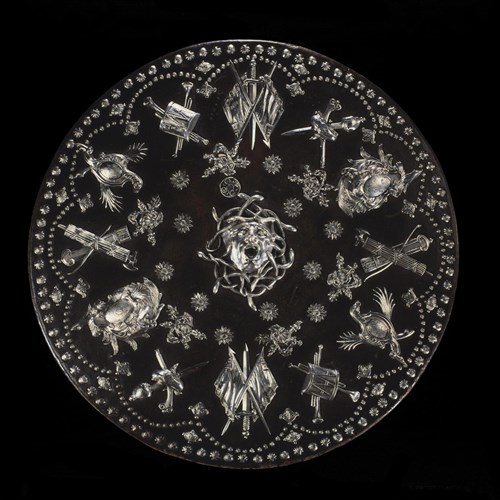
This targe, or shield, was presented to Prince Charles Edward Stuart before Culloden, but abandoned when the Prince fled the field.
View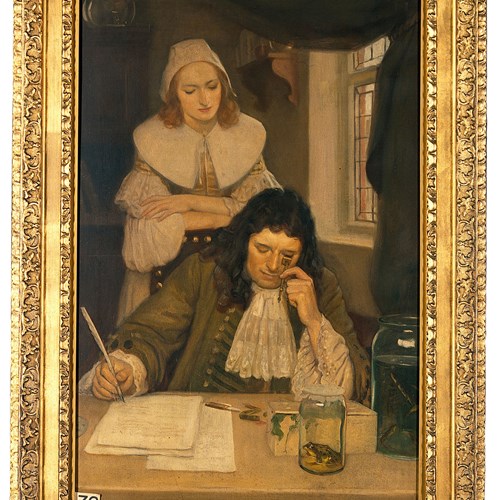
After its invention in the 1620s, the microscope had its first high point in the second half of the 17th century.
View
This Persian leopard is a male that was born at Bristol Zoo in 1994. He eventually found a home at Wilhelma Zoo in Stuttgart, Germany where he died at the advanced age of 17 years old.
View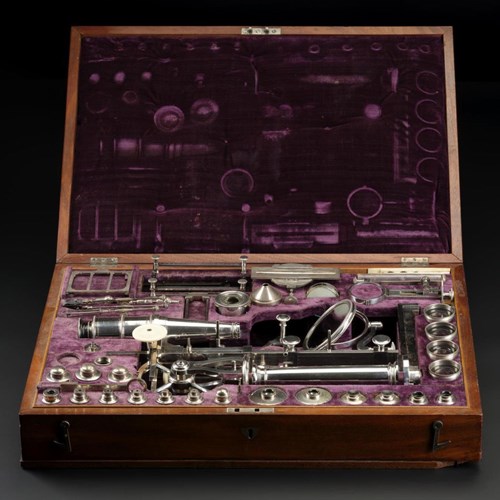
Early microscopes were sold by scientists and craftsmen, but by 1660 their production shifted to more commercial workshops.
View
The Cold War was a global conflict that began in the late 1940s and ended with the collapse of the Soviet Union in 1991. It was fought as contest over a way of life as much as it was an armed confrontation.
View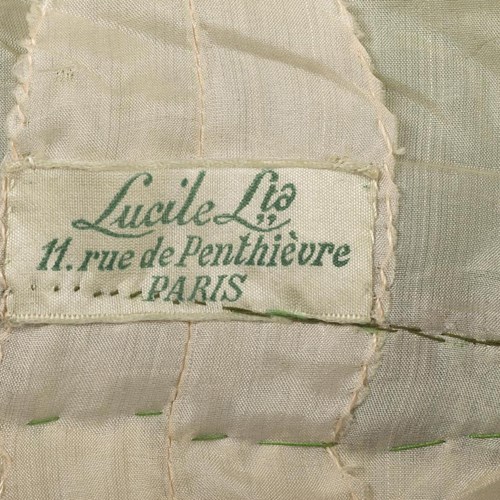
This evening dress of bright leaf green and red shot silk is by the Maison Lucile Ltd, founded by Lady Duff Gordon, and is on display in our new galleries.
View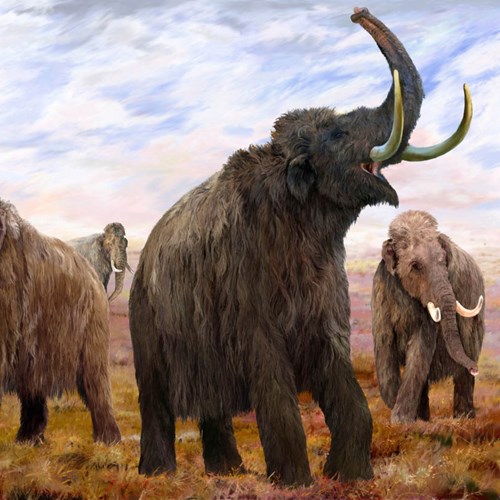
Two pieces of tusk in our collection show that some woolly mammoths made their home in Scotland, while another provides early evidence of mammoths in North America.
View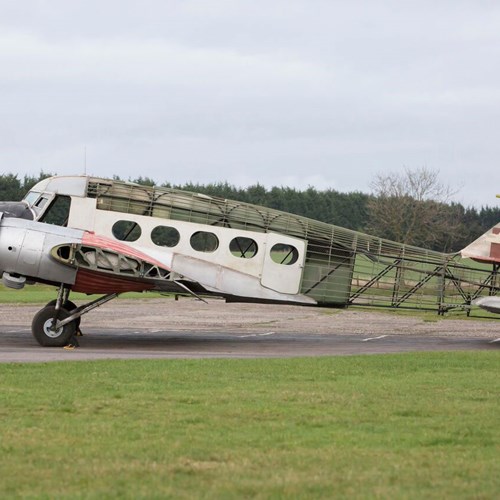
This vintage Avro Anson first flew in 1935, when it represented leading edge technology.
View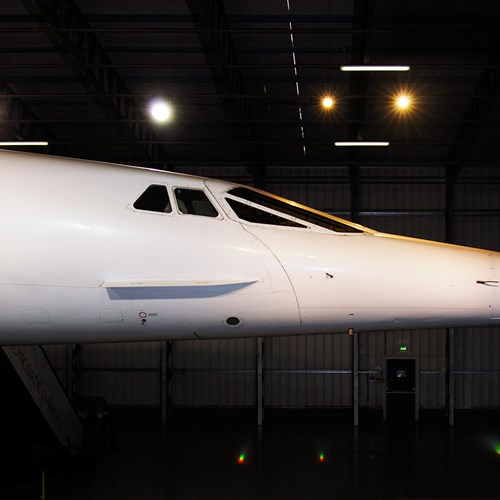
For almost 30 years, anyone who could afford the ticket could shoot across the globe at twice the speed of sound. How? By flying on Concorde, the world’s only supersonic passenger aeroplane.
View
This Nimrod XV241 served with the RAF from the early 1970s until March 2010.
View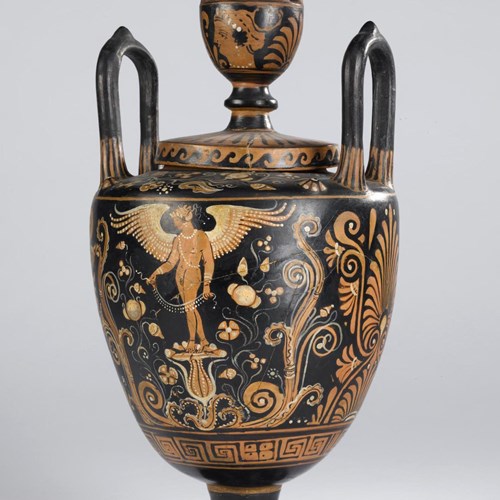
Our ancient Southern European collections offer a window onto the diverse cultures that flourished along the Mediterranean coast in antiquity.
View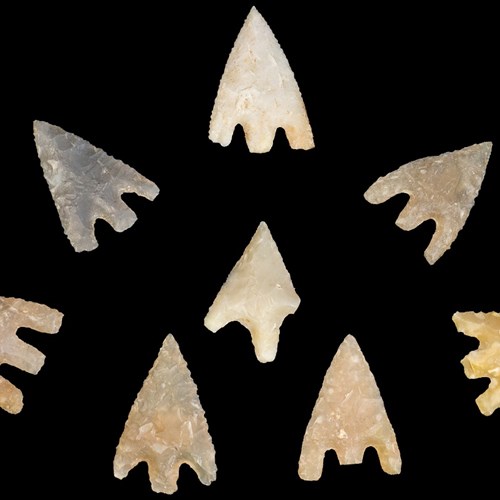
In 1975, a Bronze Age burial was found in Inverness-shire. Interpreted as an archer, this man and his objects reveal fascinating stories about connections across Britain and Ireland.
View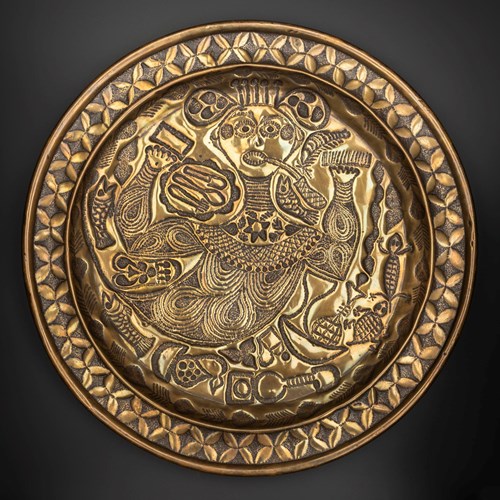
Discover how brass and copper once featured as mediums of exchange, status and power in Africa through highlights of the museum’s 19th and early 20th century collections from west and central Africa.
View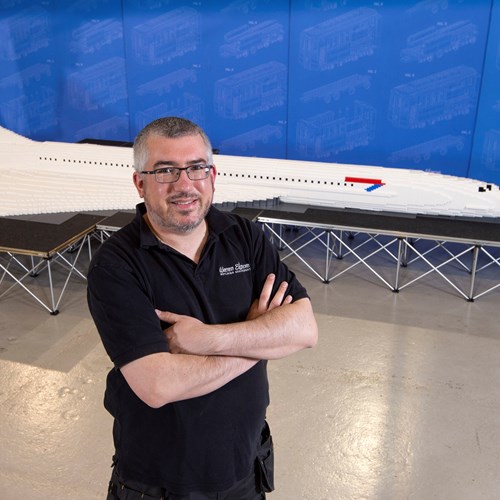
Especially for us, master builder Warren Elsmore and his team have created a LEGO® Big Build of our very own Concorde.
View